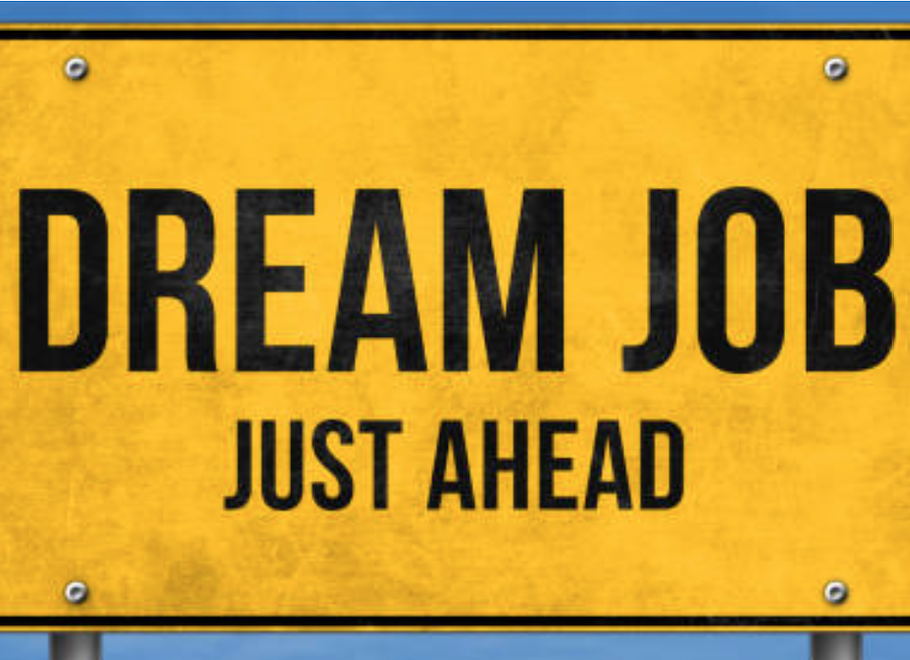So here you are. You have made it through the four stages of transition from leaving a career in education to changing to a new career path.
The Mapleleaf Vision blog has covered each stage to provide helpful advice, practical tips, and plenty of supportive guidance from a former headteacher who has successfully transitioned to a new career path and discovering it is possible to #LiveDaringDreams
You have finally done it. You have left a career in education and are setting out on the road to discover happiness on your new career path.
There’s just one problem. The gremlins are back filling your head with fear and doubts.
What happens when the “teacher-identity” is gone?
All successful transitions start from within. You might have made the conscious decision to exit the classroom, mapped your course of action and even discovered your new career path, but despite this, your mind may still be uneasy. Don’t panic. This is normal. No one said change was easy – but it is possible to successfully transition to a new career; and it starts with understanding the ‘why’ before the ‘how’.
The reality is that often our identities are closely linked with our choice of careers. Think about it. When you meet someone new and have exchanged names, what is one of the next questions asked? Yes, it’s “What do you do for a living?”
Now, you will no longer be able to say, “I’m a teacher.” This is your new reality. Your career identity has gone. For some, this means losing a sense of status, prestige, and value because the perception of a teaching role in society is one often associated as a worthy profession. Of course, we know that educating children is a privilege. Teachers and leaders in education rarely leave because of the children – other factors are far bigger contributors. I don’t need to spell it out here!
Your transition from the classroom takes two forms. So having dealt with the physical transition of a career change, it’s time to explore the mental shift it takes in transitioning from one career identity to another.
3 top tips for the mental transition beyond the classroom.
1. Start to be aware of the internal labels you use on yourself and the impact each has on your self-identify. For example, do you feel proud telling a stranger you are a teacher?
2. Find ways to substitute all positive self-identity feelings. For example, what will make you feel proud about your new role? It is important to “lose” the negative labels associated with your teaching identity. For example, if you feel you have lost your confidence, try re-framing (a tried and tested coaching technique) to “my new role will really develop my confidence.”
3. Re-write your story. How will you describe your new role to a stranger? What will you say about your career change? By considering the ways you want to tell your story, it helps shape the transition to your new career identify and gives you the confidence to portray yourself in a way that feels right for you. The more you “rehearse” your new career identity, the easier and more natural it becomes to BE someone with a different career path.
Go beyond your limiting beliefs and be unstoppable.
Ever wondered why some people aspire to and achieve extraordinary goals whereas others can barely motivate themselves to changing the channel on the TV remote control?
As a former educator, you have a good grasp on this concept already – mindset and the limits of your belief.
You have seen it in the classroom. Those who give up instantly and on who’s reports you write how they are not reaching their full potential. Then there are those children who persist endlessly and simply fly with unlimited potential. So, what’s different? Well, nothing much really. Adults are more complex and beliefs tend to be more ingrained but mindset is still malleable and capable of unlimited growth and possibilities.
If you are willing to invest in yourself, be open to change and growth, you can go beyond your limiting beliefs and be unstoppable in your success and achievements.
Want to learn more about being unstoppable, check out this blog post here.
#LiveDaringDreams

